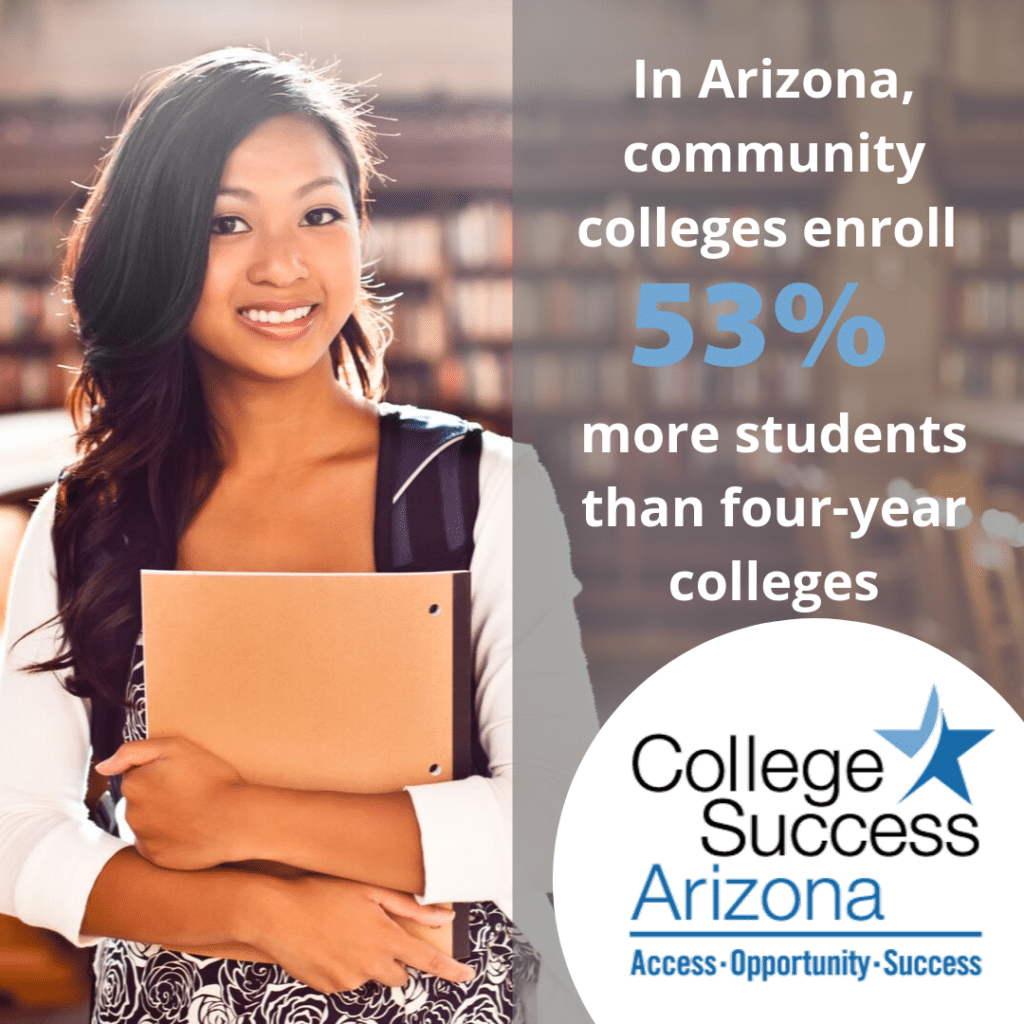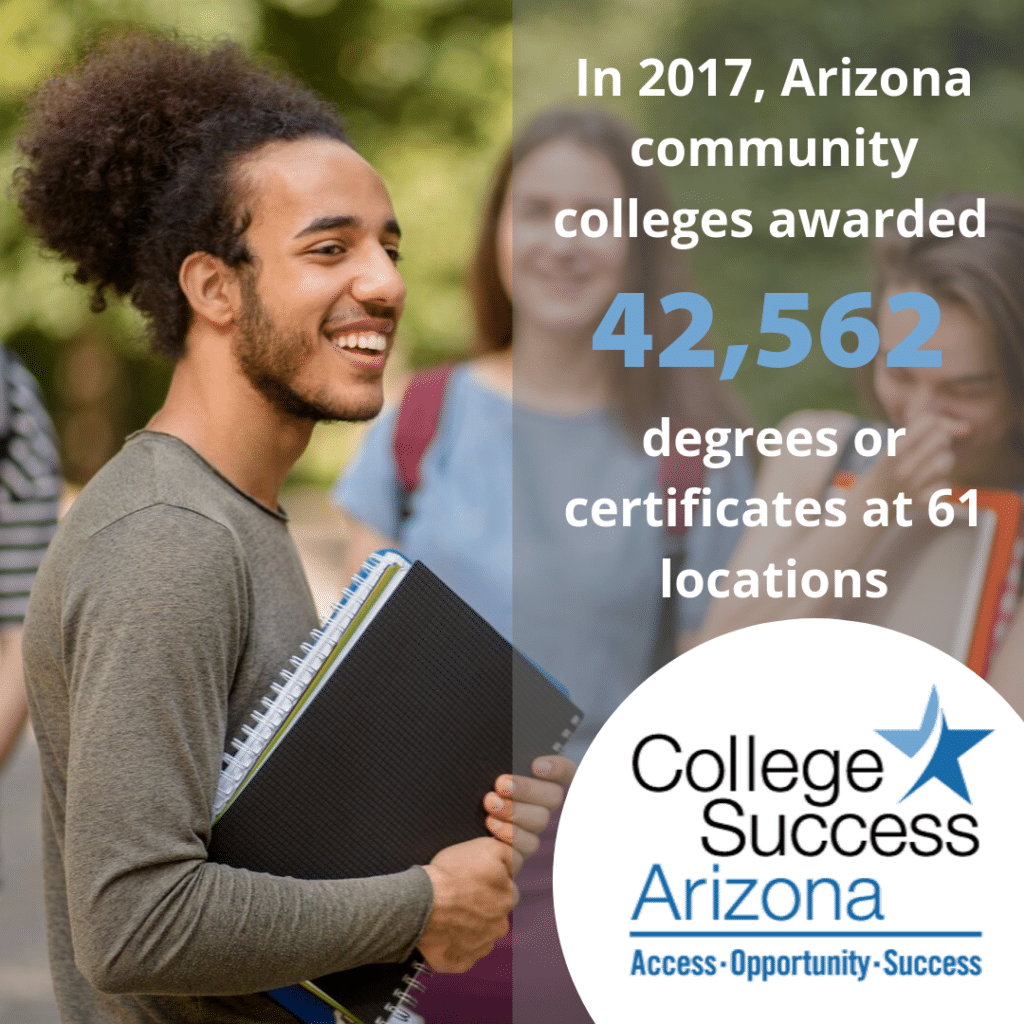
How Community Colleges Contribute to Increased Attainment and Economic Growth in Arizona
By Rich Nickel
Without community colleges, Arizona’s higher education system would be a shadow of its current self. Too often, their importance is rendered invisible. Community colleges are often regarded, mistakenly, as a lesser alternative to four-year colleges and universities. Data shows, though, just how vital they are to the success of our state. Community colleges play an important role in strengthening Arizona’s economy, contribute to increased earning potential for Arizonans, and expand access to higher education for individuals in underrepresented communities.

In Arizona, community colleges enrolled 53 percent more students than four-year institutions did in 2017. Community colleges provide broad access to educational opportunity, especially for students from underrepresented groups in higher education such as racial and ethnic minorities and students from low-income families. The value of a degree from a community college is also clear – someone who holds an associate degree earns nearly 17 percent more per week than someone with only a high school diploma.
Sadly, however, the disinvestment in community colleges at the state level is evident, especially in the cases of the Maricopa and Pima community college districts. The two largest in the state in terms of enrollment, both districts were completely defunded by the state in 2015 after years of cuts. Now, both districts are far from where they once were with regard to resources available to them. In 2008, for example, Maricopa Community Colleges received $69 million in state funding.
Why do we need to build state support for community colleges? Community colleges do so much for the state in terms of preparing its students for the workforce or for continuing on to four-year institutions. Because they provide opportunities to students from groups traditionally underrepresented in higher education, community colleges are instrumental to national and regional efforts to expand access to higher education. Transfer students from community colleges also perform well when they reach a four-year institution; transfers with an associate degree have a 78.2 percent six-year graduation rate.
College Success Arizona’s new policy brief, Prioritizing Access and Opportunity: How Community Colleges Contribute to Increased Attainment and Economic Growth in Arizona, highlights the importance of community colleges in achieving the goal of reaching 60 percent college attainment by 2030 and in boosting our state’s economic prosperity.
Without greater state support for community colleges, Arizona will not reach its attainment goal. Numerous organizations and institutions, as a part of the Achieve60AZ initiative, have committed to achieving this 60 percent attainment rate because they recognize that attainment drives economic growth, enhances workforce competitiveness, and improves economic mobility for students and families.
In our policy brief, we outline four key ways that the state can reach the attainment goal by supporting community colleges. The steps include:

- Restoring full funding for Maricopa and Pima community colleges
- Expanding access to dual enrollment and dual credit opportunities for high school students
- Implementing policies and programs designed to help community college students navigate the transfer process to four-year institutions
- Maintaining funding equalization and continuing to expand support for community colleges in rural areas
By better supporting community colleges, Arizona would be boosting its collective efforts to ensure that all residents have equitable access to life-changing higher education opportunities.
Rich Nickel is the president and CEO of College Success Arizona, where he leads the organization toward its goal of assisting all Arizonans in gaining access to, and successfully attaining, a college credential.
